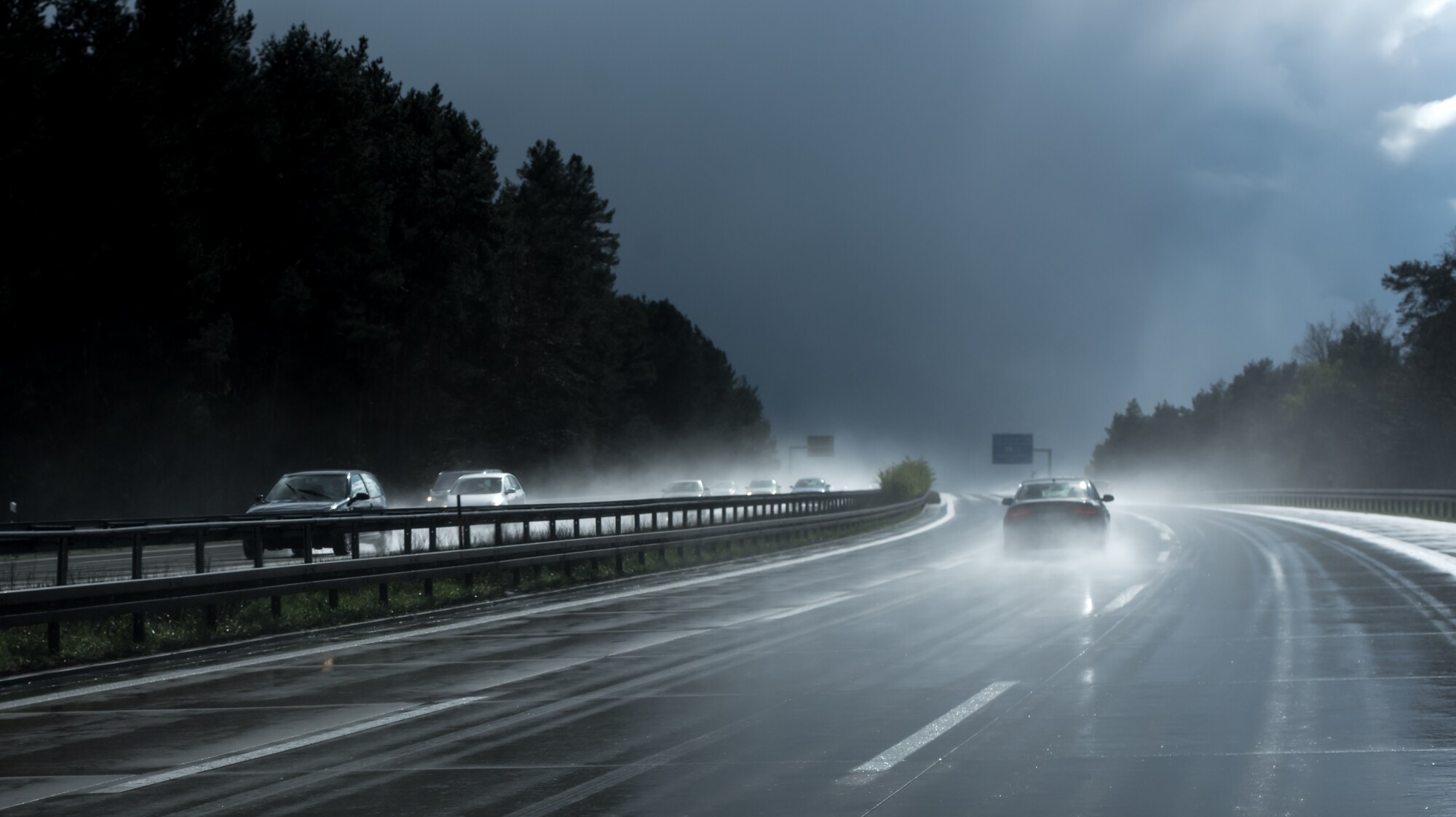NEWS
How to Handle Hydroplaning While Driving

Handle Hydroplaning
Driving in the rain carries a unique sense of anxiety for many drivers. The most infamous threat during bad weather driving is hydroplaning — riding on a film of water and losing control of your vehicle. The last thing you want to do is end up in a storm ditch due to a lack of control.
Fortunately, there are ways that you can get around this situation and be as safe as possible while driving during a storm.
Handling Hydroplaning While Driving
Hydroplaning is one of the scariest things that can happen while driving. When you hit a patch of water on the road or drive on slick roads and suddenly hit on the brakes, your tires can lose contact with the pavement, and you can slide out of control. It’s important to know how to handle this situation so you can stay safe on the road.
Here are some tips for how to handle hydroplaning while driving:
Reduce Your Speed
If you find yourself hydroplaning, the best thing to do is to reduce your speed. Ease off the gas pedal and let your car slow down gradually. Once you have slowed down enough to regain control of your vehicle, you can begin accelerating again.
Keep Your Steering Wheel Straight
When hydroplaning while driving, it is important to keep your steering wheel straight. This will help you maintain control of your vehicle and prevent it from spinning out of control.
If you start to lose control of your vehicle, you can gently turn your steering wheel in the direction you want to go.
Do Not Brake or Turn Suddenly
If you are hydroplaning while driving, do not suddenly hit the brake or make a turn. This could cause you to lose control of your vehicle. Instead, gently let off the gas pedal and steer straight until you regain traction.
If you have to brake, do so gently with your left foot on the brake pedal and your right foot on the gas pedal. This will help you to keep your vehicle under control and avoid an accident.
If you follow these steps, you should be able to safely handle hydroplaning while driving. So don’t panic – just stay calm and take it slowly.
What to Do After an Accident
In the worst-case scenario, you find yourself in an accident. Assess the situation. If you hit the property and have caused damages, it is best to contact a lawyer. Take pictures of the damages, if there are any.
If you are not from the area and do not speak the language, for example, you are a Mexican citizen. It is best to check if there are local Spanish speaking attorneys in the area to help you with your predicament.
Driving Safely
If you hit a patch of water while driving or starting hydroplaning, don’t panic. Slowly ease off the gas pedal and steer in the direction you want to go. If you have to brake, do so gently with your ABS brakes. Pull off the road and onto the shoulder when it’s safe to do so, and check your tires and brakes.
If you follow these steps, you can drive safely and handle hydroplaning. So don’t panic – just stay calm and take it slowly.
If you want to know more about driving safety or be more aware of driving hazards, browse our websites. We have more tips on our blogs.
Kenneth is a proud native of sydney, born and raised there. However, he pursued his education abroad and studied in Australia. Kenneth has worked as a journalist for almost a decade, making valuable contributions to prominent publications such as Yahoo News and The Verge. Currently, he serves as a journalist for The Hear Up, where he focuses on covering climate and science news. You can reach Kenneth at [email protected].










